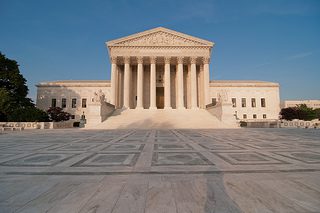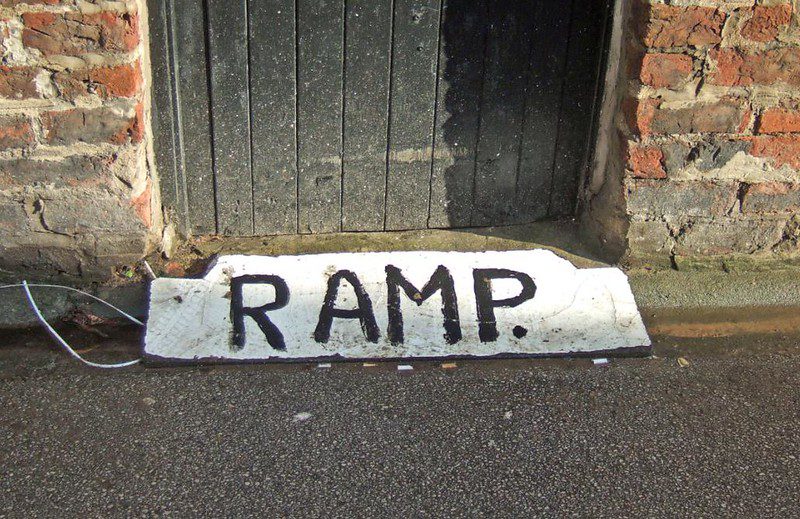
The Fair Housing Act was adopted soon after the Kerner Commission report, which argued that, the “nation is moving toward two societies, one black, one white—separate and unequal.”
The Commission’s findings argued that public and private housing and lending rules, while neutral on the surface, augmented and reinforced racial segregation and unequal outcomes in housing location, cost, and quality.
Since adoption of the Fair Housing Act in 1968, policymakers, Realtors, housing advocates, and the courts have argued whether violations of the FHA could be proven by demonstrating disparate impact or whether plaintiffs are required to prove discriminatory intent.
In February of this year, HUD adopted its “final rule” on the question, stating that disparate impact is sufficient to demonstrate FHA violations. While this rule is largely in line with HUD’s long-standing position on the matter, it is not necessarily in line with how the Supreme Court has ruled.
In the fifty-plus years since the adoption of the Fair Housing Act, numerous Supreme Court cases have been decided on the disparate impact issue.
• Kennedy-Park Homes Assoc. v. Lackawanna (1971). Decision: Evidence of discriminatory intent in the Town’s actions to block a development marketed to Blacks.
• Griggs v. Duke Power (1971). Decision: Disparate impact is sufficient to prove violation of the Civil Rights Act in hiring decisions.
• Arlington Heights v. HHDC (1977). Decision: No evidence of discriminatory intent; disparate impact not sufficient to demonstrate FHA violation.
As seen by the decisions, these landmark cases have gone back and forth. The most recent decisions by the courts have largely dismissed disparate impact as a sufficient measure of housing discrimination, but HUD’s final rule takes the stand that disparate impact is in and of itself a FHA violation.
In the next SC term, the court will take up a major case that could put this back and forth to rest: Mount Holly Citizens in Action v. Mount Holly Township, addressing racial discrimination in Mount Holly’s neighborhood revitalization efforts.
Should disparate impact be deemed sufficient to demonstrate discrimination in the Mt. Holly case, numerous municipalities may find themselves facing a daunting array of violations based on uneven impact alone. Further, should the court decide that disparate impact is sufficient to demonstrate a FHA violation, it is expected that this will unleash a number of cases relating to predatory lending and foreclosures, most notably Adkins et al v. Morgan Stanley.
For those interested in fair housing, equal rights, and access to opportunity, the next SCOTUS session, beginning in October of 2013, promises to be an important one.
(Photo by Mark Fischer CC BY-SA)





Just a quick clarification to this article: Tighe refers to the courts’ “historic stance requiring proof of discriminatory intent” – but she is confusing constitutional liability under the 14th Amendment to the Constitution (which requires proof of intent) with our civil rights statutes passed by Congress, which generally allow challenges to policies with a discriminatory impact. As the new HUD rule makes clear, the historic stance of the courts has been to consistently interpret the fair housing act to apply to non-intentional acts with a disparate impact. This has been the law in every court of appeals, beginning back in the 1970s. The balance shifting test that the new rule applies is the same as most courts have used (which has protected municipalities from inappropriate claims in prior cases).
Thanks for this post, Phil.
Do you have any thoughts as to whether the upcoming docket will have an affect on fair housing implementation?